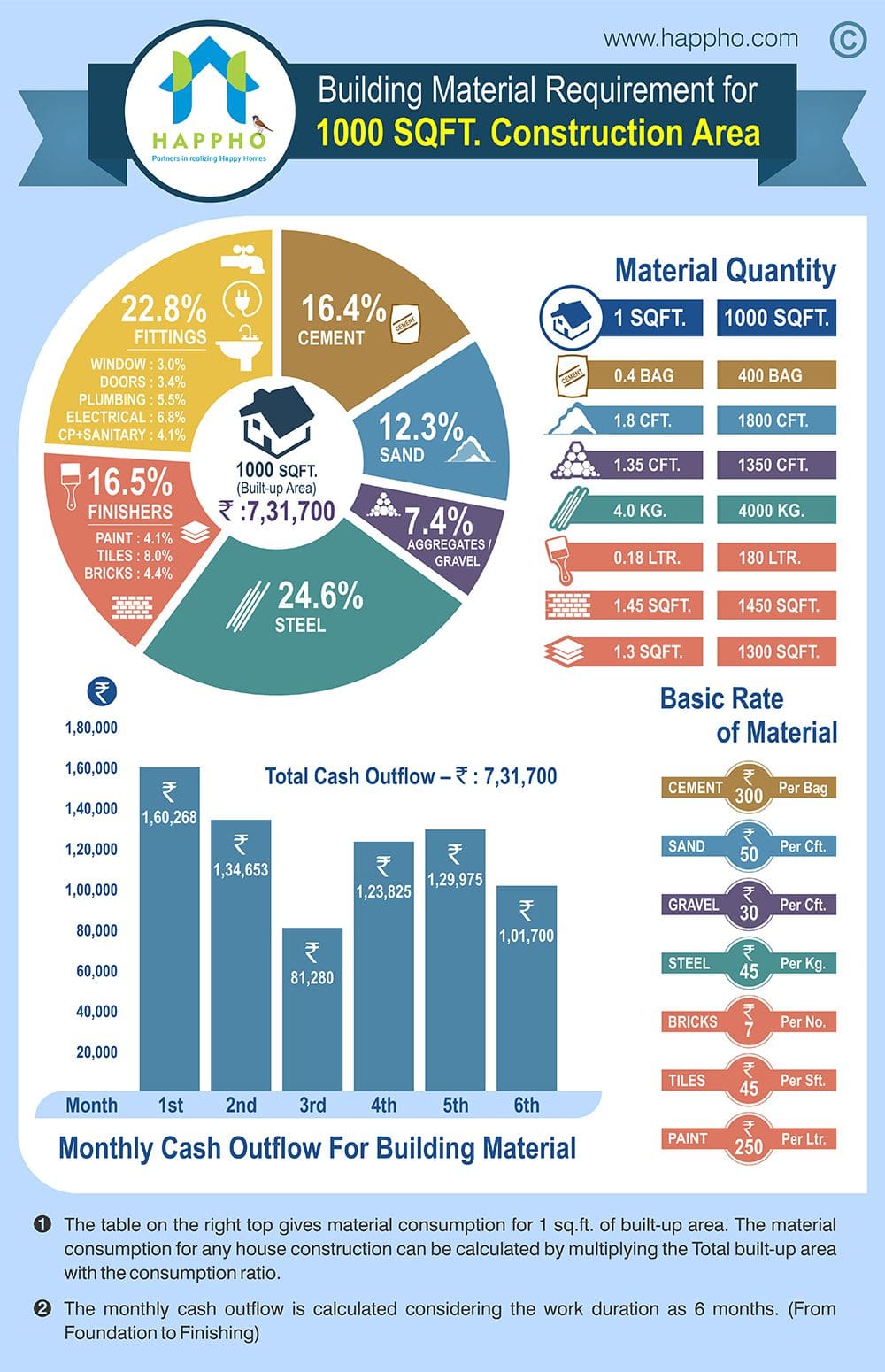Understand Exactly How Seasonal Problems Influence The Success Of Industrial Exterior Paint And Discover The Ideal Periods To Assure Long-Lasting Outcomes For Your Project
Understand Exactly How Seasonal Problems Influence The Success Of Industrial Exterior Paint And Discover The Ideal Periods To Assure Long-Lasting Outcomes For Your Project
Blog Article
a fantastic read -McLamb Whalen
When you're preparing an industrial exterior paint job, seasonal elements can make or break your outcomes. You'll wish to think about how temperature and moisture influence paint application and drying times. Selecting the ideal period can ensure your paint adheres properly and lasts much longer. But which periods are truly the most effective for this type of work? Let's explore the crucial elements that can impact your task's success.
The Influence of Temperature Level on Paint Application
When you're planning an industrial external paint job, the temperature can substantially influence just how well the paint sticks and dries out.
Ideally, you wish to paint when temperatures range between 50 ° F and 85 ° F. If it's too chilly, the paint might not heal appropriately, resulting in concerns like peeling or breaking.
On the other side, if it's too hot, the paint can dry too rapidly, preventing appropriate bond and leading to an irregular coating.
You must additionally think about the time of day; morning or late afternoon uses cooler temperature levels, which can be a lot more favorable.
Always inspect the maker's suggestions for the specific paint you're utilizing, as they often offer assistance on the excellent temperature level array for optimal outcomes.
Humidity and Its Effect on Drying Times
Temperature level isn't the only ecological variable that influences your industrial external painting job; humidity plays a substantial duty also. High moisture levels can decrease drying times considerably, impacting the total quality of your paint work.
When the air is filled with moisture, the paint takes longer to heal, which can lead to concerns like poor bond and a greater threat of mildew growth. If you're painting on an especially moist day, be gotten ready for extensive wait times between coats.
It's essential to monitor local weather conditions and strategy accordingly. Preferably, aim for moisture degrees in between 40% and 70% for optimal drying out.
Keeping these consider mind ensures your task stays on track and provides a long-term finish.
Best Seasons for Commercial Outside Paint Projects
What's the most effective time of year for your industrial external paint jobs?
Springtime and early fall are typically your best bets. During these periods, temperatures are moderate, and moisture degrees are typically lower, producing suitable problems for paint application and drying.
how much to paint a 1600 square foot house , which can trigger paint to completely dry as well promptly, leading to bad attachment and surface. In a similar way, wintertime's chilly temperatures can hinder correct drying out and curing, taking the chance of the longevity of your paint task.
Go for days with temperatures in between 50 ° F and 85 ° F for optimum outcomes. Remember to inspect the local weather prediction for rainfall, as wet conditions can ruin your project.
Planning around these variables ensures your painting task runs efficiently and lasts much longer.
Final thought
In conclusion, planning your commercial external painting projects around seasonal considerations can make a substantial distinction in the result. By organizing work throughout the excellent temperatures and moisture levels, you'll ensure far better bond and drying times. Remember to watch on local weather report and select the right time of year-- spring and very early autumn are your best options. Taking these steps will certainly help you achieve a long lasting and professional surface that lasts.
